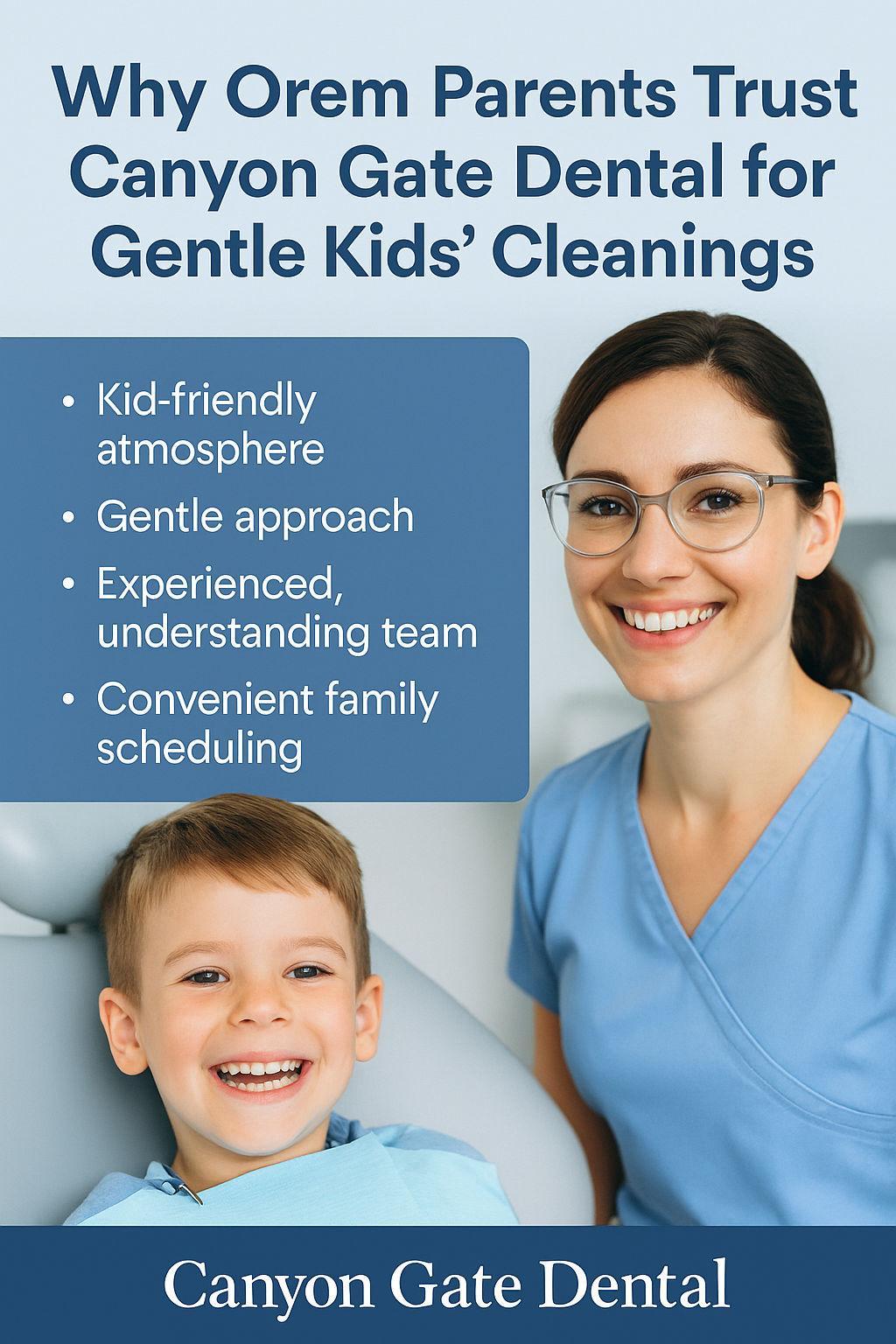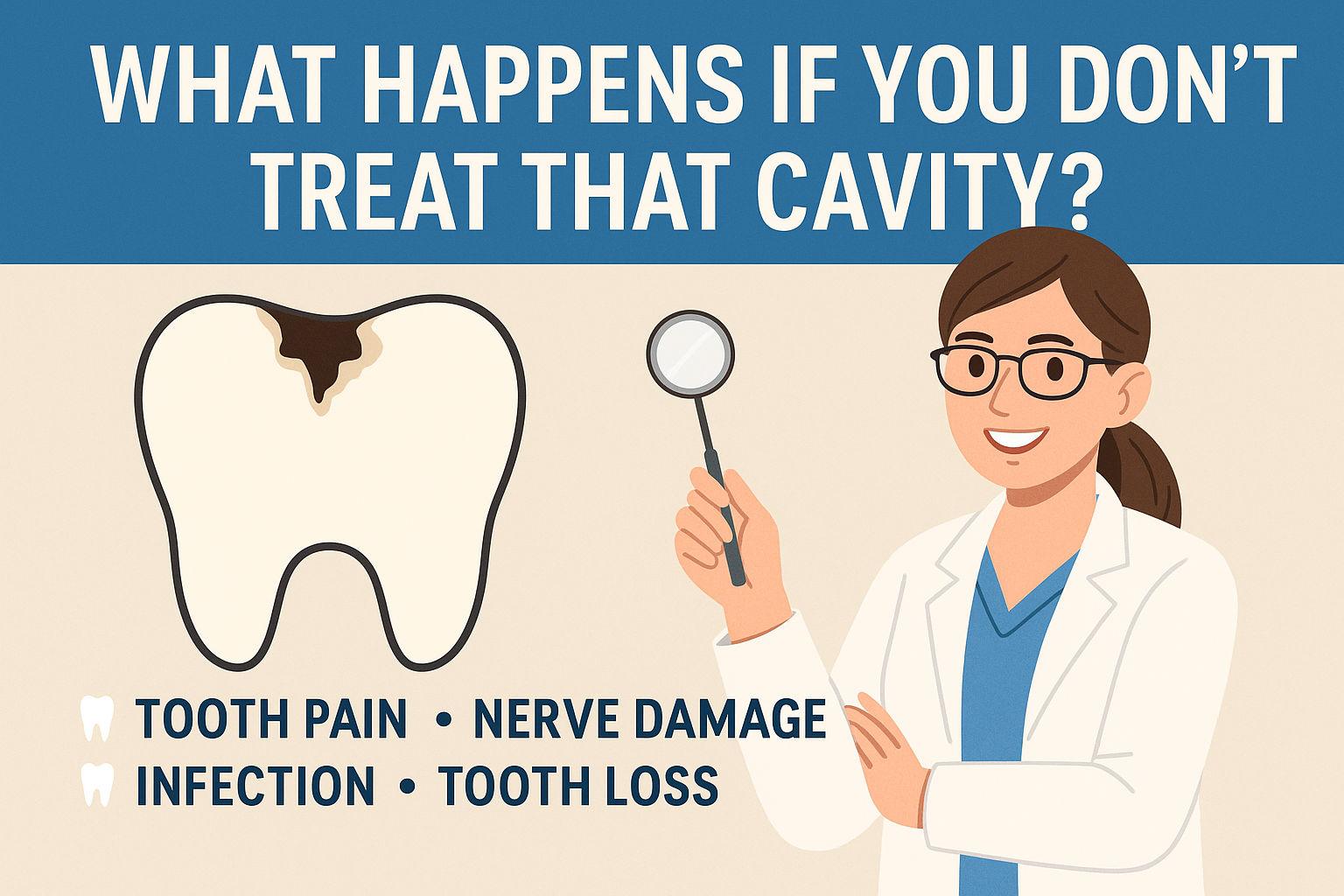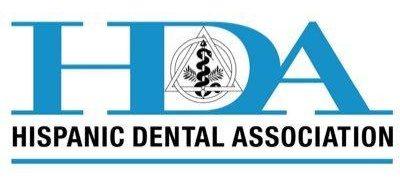Blog Highlights
- Dental insurance helps pay for dental care
- The plan you select can determine how much you pay out of pocket and which dentist you are allowed to visit
- Before singing up for any plan, make sure you do your research
Having dental insurance is important. Unfortunately, understanding your dental insurance can be confusing. There are so many different parts to consider: deductibles, exclusions, waiting periods, networks, and maximums, trying to sort it all out can leave you frustrated and with a lot of questions. Today, let’s look at how dental insurance works and how it can serve you in Orem, Utah.
Dental insurance helps pay for dental care. There are several different types of dental insurance with various features, but typically an average dental insurance plan should cover preventive care such as routine exams, cleanings, and x-rays. Additionally, a good dental insurance plan should cover fillings, extractions, crowns, and root canals. In some cases, you may even be able to acquire a plan that covers orthodontics.
It is important to choose your dental insurance plan carefully. The plan you select can determine how much you pay out of pocket and which dentist you are allowed to visit.
There are three main categories for dental insurance:
Preferred Provider Organization (PPO) plans come with a designated network of dentists who accept the insurance plan. In order to have the highest savings, you need to visit an in-network dentist. If you opt for an out of network dentist, you will pay more.
Dental Health Maintenance Organization (DHMO, DMO, or HMO) plans require that you visit a dentist off a provided list. These dentists accept the insurance plan for a set fee.
Discount Plan with this type of plan, you have access to discounts from dentists on a provided list, but the insurance company does not cover the difference in cost for your care.
No matter what type of plan you decide to purchase, the first step is selecting a dentist from the insurance provider’s designated list of participating dentists. Then you need to determine how much you have to pay once you go to the dentist. In most cases, insurance plans allocate coverage in terms of a benefit year. Your dentist office can estimate how much you will be expected to pay. After your dental appointment, the office will send a claim to the insurance company requesting payment. If everything goes according to plan, the insurance company will process the claim.
The amount of money you contribute out of pocket is decided based on the type of treatment you receive and the type of plan you have. There are several terms and insurance plan conditions you should be aware of:
Annual Maximum this is the amount of money an insurance company will pay during a single benefit year. If you hit the limit, you will have to pay out of pocket for all additional treatments.
Coinsurance requires you to pay a percentage of any treatment or major procedure you receive.
Co-pay is something you might pay if your insurance company has a list of fixed costs for certain procedures.
Deductible is the amount of money you have to pay out of pocket before an insurance company will cover the cost of any treatments.
Exclusions in some cases there may be treatments and procedures that your insurance policy doesn’t cover. It’s important to check with you provider if you’re unsure about any procedures, so you don’t end up with any surprise bills.
Limits most plans have time limits, such as two cleanings per benefit year. Make sure you understand your policy’s limits.
Preauthorization is when you need to gain prior approval from your insurance company before undergoing any procedures.
Pre-existing conditions are conditions that your insurance plan may not cover. Before signing up for an insurance plan, consider their pre-existing clauses carefully and determine if they apply to you. This can significantly impact future out of pocket costs.
Waiting Period In some cases, plans require a certain amount of time to pass before they cover certain procedures, such as crowns and replacement teeth.
Those are the basics. Now that you know how dental insurance works, you are better equipped to determine which dental insurance policy will best serve your needs. Dental insurance can help you maintain your perfect, healthy smile, but in order to take full advantage of your dental insurance, you need to understand the ins and outs of your specific plan, so make sure you do your research.









